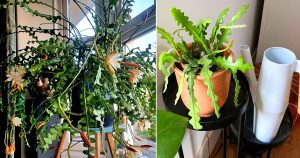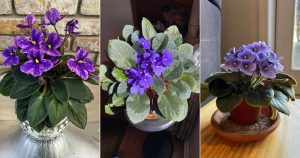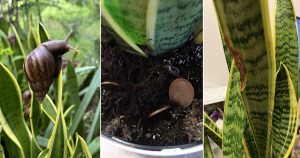Want to try a new method of growing plants? Here’s how to propagate succulents using a plastic bag and why it works so well.
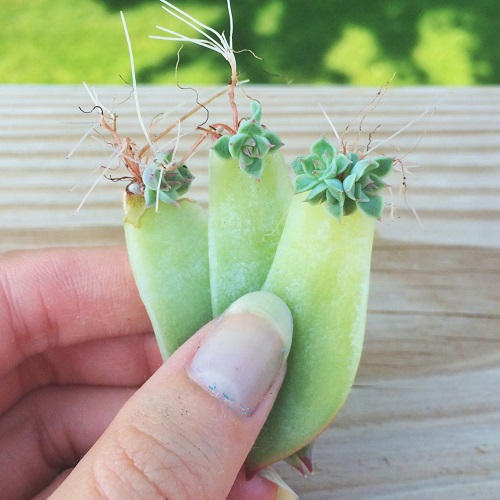
Being in the succulent growing journey for a while, you must have already tried out different forms of propagation, such as soil, water, and leaf propagation. But you need to know how to propagate succulents using a plastic bag. Lucky for you, we’ve got the steps below!
How to Propagate Succulents Using a Plastic Bag
1. Start with Perlite as the Growth Medium
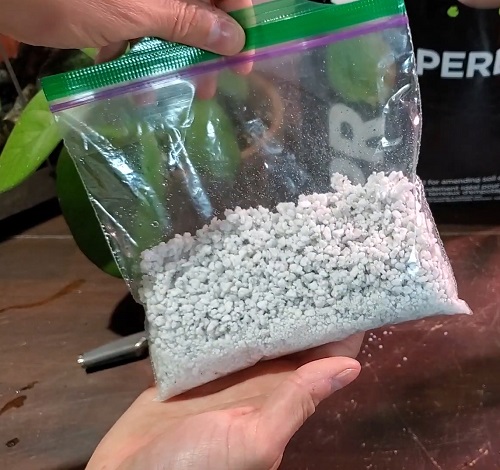
Grab a ziplock bag and fill about a quarter of it with clean, sterile perlite. Why perlite? Because it drains well and won’t invite rot or mold like soil or moss might. Just don’t overpack it—you’ll need space for the cutting.
Tip: Always use sterile perlite to avoid fungal issues inside the bag.
2. Soak the Perlite
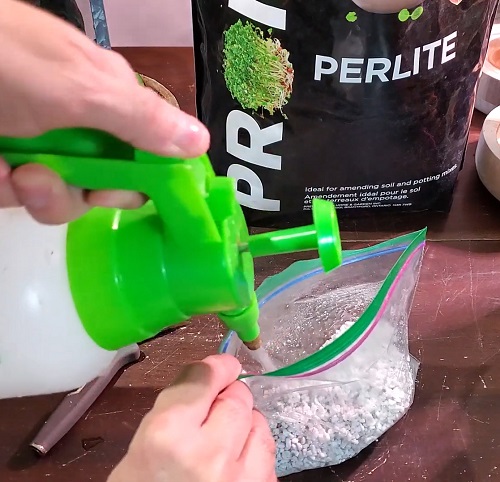
The next step is, of course, to soak the perlite. This step is important to create a humid environment that allows the cutting to start growing and developing roots. You simply cannot miss this step, unless you want your cutting to dry up, shrivel, and not take root!
Take a spray bottle filled with water and start spritzing the perlite until it starts to hold its shape, and also so that there is a little water pooling at the bottom of the bag. This will actually be useful further in the propagation process, keeping the bag humid enough for your cutting.
Purpose: keep perlite moist like soil with cuttings. Don’t drench—minimal excess water prevents rot.
3. Get Your Cutting
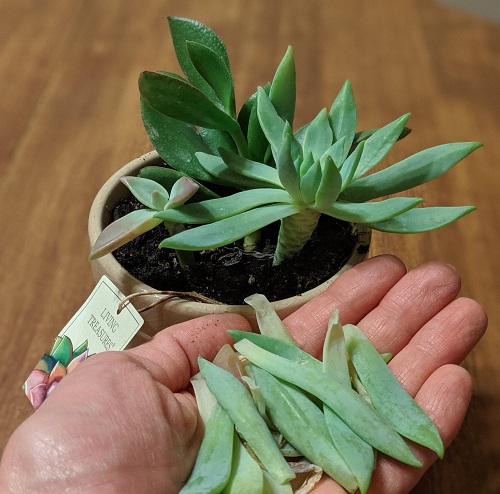
Now, take a clean, sharp pair of scissors and snip a healthy 1–2 inch stem cutting with at least one node. Remove the lower leaves so they don’t rot in the bag.
The pro tip here is to let the cutting sit out for a day or two to callous over. This step helps prevent rot once it’s in a moist environment.
While some succulents can grow from a leaf, a stem cutting usually roots faster.
4. Seal the Bag and Wait!
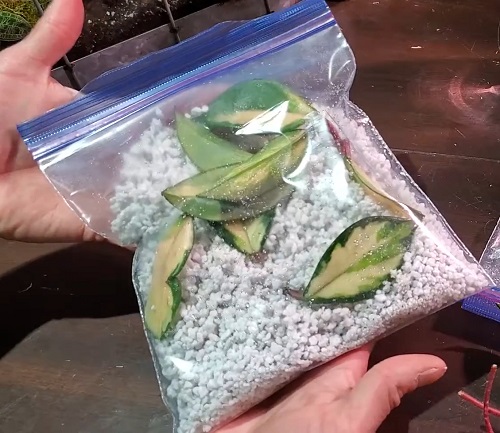
Insert the cutting into the damp perlite. Then seal the ziplock bag—almost completely. Leave a small opening for a straw. Blow into the bag to puff it up like a mini greenhouse, remove the straw, and seal it tight.
That’s it—your DIY humidity dome is ready!
You can gently tug on the cutting after 2–3 weeks to check if roots have started forming. If there’s resistance, that’s a good sign!
So these were the steps that you can easily propagate your succulents using a plastic bag (who would have thought?). Try out this method and let us know how it goes for you in the comments below!

